Decoding the Mystery of the “Backwards 3”: Origins, Uses, and Cultural Impact
Introduction
The “Backwards 3” symbol, often seen in online communication, design, and even mathematical notation, has captured the curiosity of many. While it may seem like a simple mirror image of the number “3,” it has deeper roots and various interpretations across different domains. From its appearance in ancient scripts to its modern-day use in digital culture, the “Backwards 3” is much more than just an oddity—it’s a symbol with a rich history and a wide range of applications. In this article, we will dive into the origins, uses, cultural impact, and controversies surrounding the “Backwards 3.”
Understanding this symbol means exploring its historical significance, its contemporary relevance, and how it has shaped design, language, and even math. Whether you’ve encountered it as part of a logo, a shorthand in digital communication, or even as a typographic element, the “Backwards 3” holds a key to understanding the intersections of culture, technology, and creativity.
The Origins of the “Backwards 3”
Historical Background
The history of the “Backwards 3” stretches back to ancient times. While it may not have been a prominent symbol, similar characters appeared in ancient scripts. One of the earliest known appearances of a backward-looking “3” is in the Greek alphabet, where the letter epsilon (Ε, ε) sometimes resembled a backward number “3.” Over the centuries, this shape evolved into several different forms, especially in mathematical and scientific contexts.
The backward “3” also found use in early typographies. In medieval manuscripts and early printed books, the letter “S” was often stylized with a curvy, backward appearance that resembled the modern “Backwards 3.” In fact, this backwards form of “S” was frequently used in older English texts, which contributed to the eventual development of its similar, mirrored counterpart in modern typographic design.
These ancient roots illustrate how the backward “3” wasn’t simply a modern digital creation but had a role in the historical development of writing, typographic experimentation, and symbolic representation.
Evolution Over Time
In modern times, the “Backwards 3” symbol evolved and found new life within the world of digital communication. In the early 2000s, it became associated with internet culture and the development of emoticons and abbreviations. It was often used as a playful, stylized representation of a heart (i.e., “<3”), where the mirrored number “3” became the bottom curve of the heart. This form of digital shorthand became so popular that it continues to be used widely in text messaging, social media, and online communication today.
The “Backwards 3” also made its way into design and branding. With the growing influence of minimalistic design, the “Backwards 3” began to appear in modern logos and typography. Designers took advantage of its symmetry, fluidity, and dynamic look, incorporating it into various creative works. This shows how a symbol that once had a functional or mathematical origin could evolve into a modern aesthetic tool.
Uses of the “Backwards 3” in Modern Contexts
Mathematical and Scientific Applications
In the realm of mathematics, the “Backwards 3” can be found in specific uses, notably as part of Greek letters. While the most common Greek letters like Alpha (α) and Beta (β) are well-known in mathematical formulas, the “Backwards 3” plays a subtle yet crucial role in specific equations. For example, epsilon (ε), which resembles a backward “3,” is used in calculus, particularly when dealing with limits and infinitesimals. The symbol signifies a small positive quantity and is essential in formulating precise mathematical proofs.
In physics and engineering, this symbol is sometimes used to represent small deviations, changes, or approximations. Its significance is not just aesthetic but serves as a shorthand in various scientific equations. The backward appearance of the “3” in these contexts symbolizes a unique relationship with the concept of smallness, growth, or precision.
Thus, despite being visually similar to a simple number, the “Backwards 3” carries a great deal of importance in technical disciplines. It underscores the symbol’s versatility and continued relevance in complex fields.
Pop Culture and Digital Communication
On a lighter note, the “Backwards 3” is widely recognized in the world of digital communication. One of its most iconic uses is as an emoticon that represents a heart— “<3″—where the backward “3” creates the iconic shape of the heart’s bottom curve. This simple yet powerful symbol has become a universal shorthand for expressing love, affection, or even just friendly emotions.
The internet age saw a rise in emoticons, or “emojis,” which allow for the quick expression of feelings and emotions. The “Backwards 3” symbol has become one of the most enduring examples of this trend, with millions of people using it daily across social media, text messaging, and digital forums. It transcends language barriers, making it one of the most universally understood symbols in digital communication.
In the world of gaming, the “Backwards 3” has also found a place, often representing a stylized number or part of a username. Gamers use it as a personalized, unique character that can easily stand out in a sea of alphanumeric names, furthering its evolution into a versatile symbol that is as creative as it is functional.
Artistic and Design Elements
The “Backwards 3” has also found a home in the world of art and design. Its fluid, curving form lends itself well to modern and contemporary graphic design, especially within minimalistic and avant-garde movements. Designers have embraced the symbol in creating logos, especially for brands that wish to evoke a sense of modernity and forward-thinking aesthetics. Its unique mirrored shape allows designers to play with symmetry, creating visually dynamic logos that are both memorable and impactful.
In branding, the “Backwards 3” has been integrated into corporate logos, product designs, and advertising. Its asymmetry and visual appeal add an element of surprise and creativity to any project. Furthermore, it can symbolize the idea of looking at things from a different perspective, aligning perfectly with brands that pride themselves on being innovative or unconventional.
Cultural Impact of the “Backwards 3”
Symbolism and Representation
The “Backwards 3” is not just a symbol but an evolving representation of culture and identity. As internet culture has become more prominent, the symbol has taken on a broader, almost philosophical significance. In various subcultures, the “Backwards 3” is used to represent alternative thinking or non-conformity. Its mirrored form signifies a different way of seeing the world, which resonates with counterculture movements and individuals who want to stand out or challenge the status quo.
In digital art and design, the “Backwards 3” carries an air of innovation, often used by creators to evoke a sense of cutting-edge aesthetics. It’s not just a mere number or symbol; it’s part of an ongoing cultural conversation about identity, individuality, and the digital revolution.
Regional and Linguistic Variations
Interestingly, the “Backwards 3” is not universally understood in the same way across different cultures or languages. For example, in some regions, the backward “3” may not have the same affectionate or playful connotation as it does in digital communication. In other areas, its design may be used to symbolize various cultural motifs or hold specific meanings tied to language or mythology.
In countries that emphasize numerology, the “Backwards 3” could carry different interpretations, with some seeing it as a symbol of transformation or transition. This variation highlights how symbols evolve to carry different meanings based on cultural context, adding depth and richness to their significance.
Challenges and Controversies
Misinterpretation and Confusion
One of the challenges with using the “Backwards 3” is that it can often be misinterpreted or confused with other symbols. For instance, in certain fonts or displays, the backward “3” might appear as an “E” or even a misaligned character, causing confusion. In addition, because the symbol has become so widely used in various contexts, it may not always carry the same meaning for different audiences.
This leads to occasional misunderstandings, especially when used in international or cross-cultural contexts. What might be understood as a playful or affectionate gesture in one country could be perceived entirely differently in another, requiring users to be mindful of their audience.
Typographic Limitations
Another problem arises in the representation of the “Backwards 3” across digital platforms. Depending on the device, browser, or platform being used, the backward “3” may not always display correctly. Some fonts or operating systems may not support it, which can lead to visual errors or distortion in design, further complicating its widespread use.
Moreover, the constant evolution of digital fonts and designs presents a challenge for creators who wish to use the “Backwards 3” in their work. What appears perfectly symmetrical and appealing in one font might look out of place in another, making typographic consistency an ongoing issue for designers.
Conclusion
The “Backwards 3” is a fascinating symbol that has transcended its origins in mathematics and design to become a ubiquitous part of modern digital culture. From its historical roots in ancient scripts to its contemporary use in digital communication, it’s clear that this symbol holds more significance than initially meets the eye. Its ability to adapt to various contexts—be it in mathematical notation, pop culture, or artistic design—illustrates its remarkable versatility.
As technology and communication continue to evolve, so too will the role of the “Backwards 3.” Whether used to symbolize affection, represent advanced mathematical concepts, or make a bold statement in art and branding, it’s a symbol that continues to leave an indelible mark on our cultural landscape.
Also Read: 5starsstocks.com
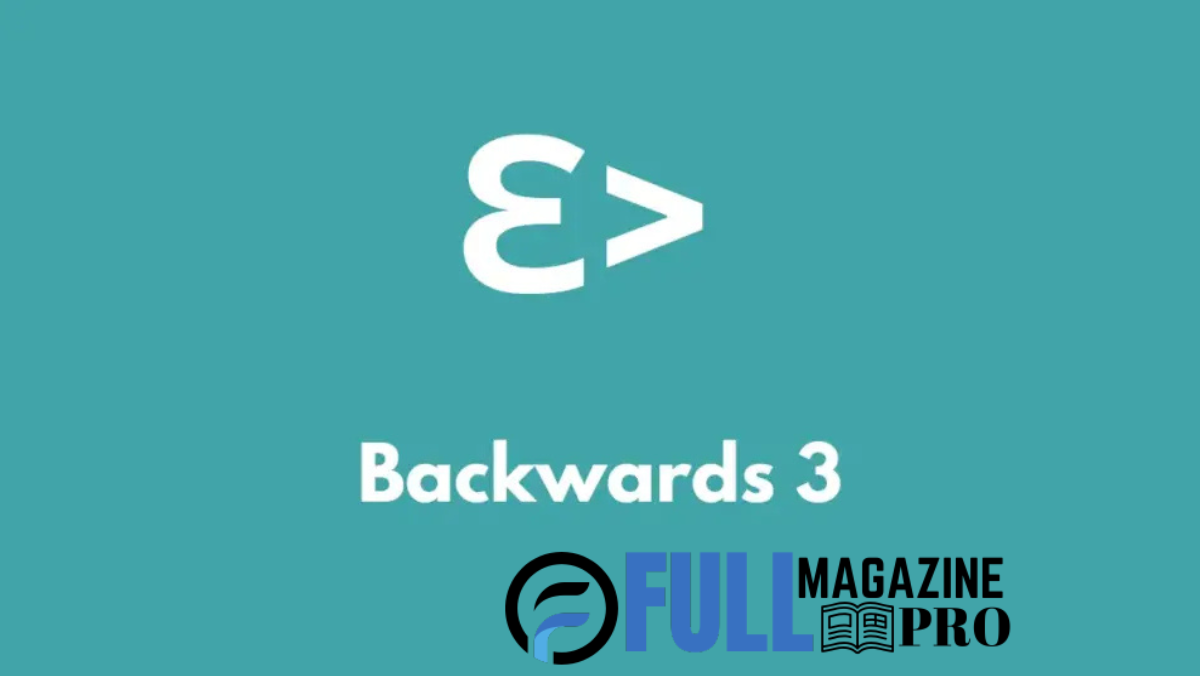

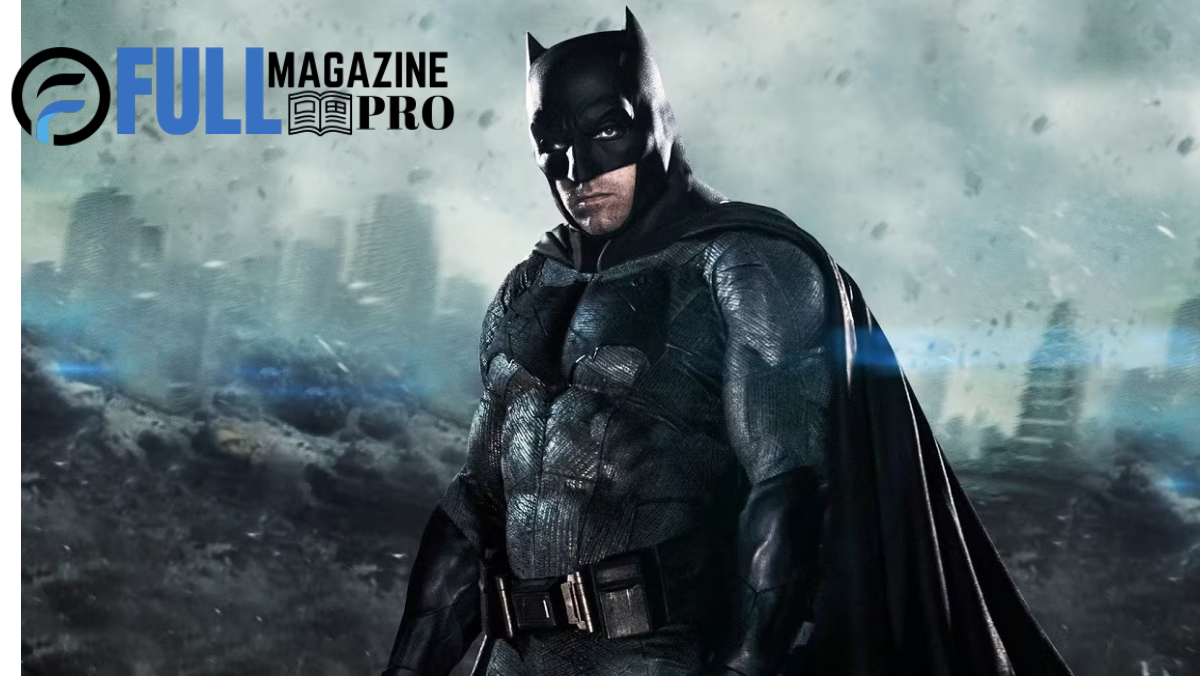


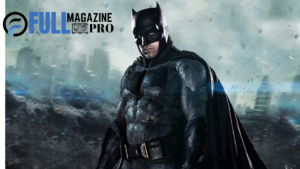


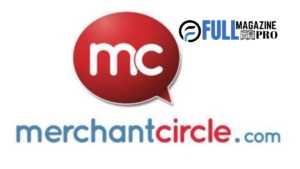
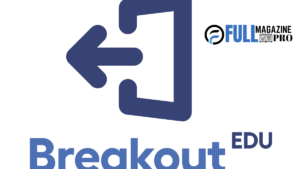



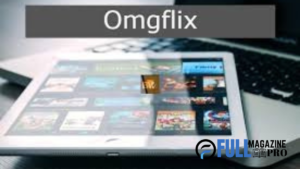
Post Comment